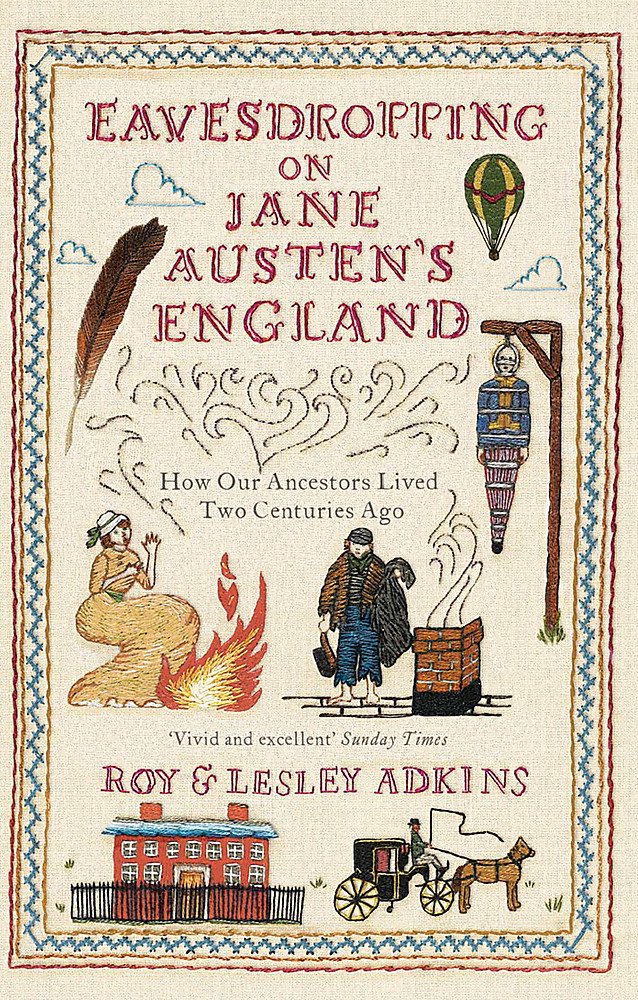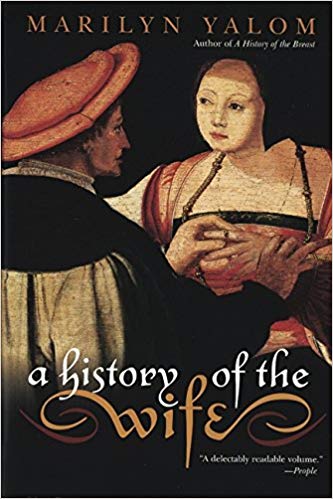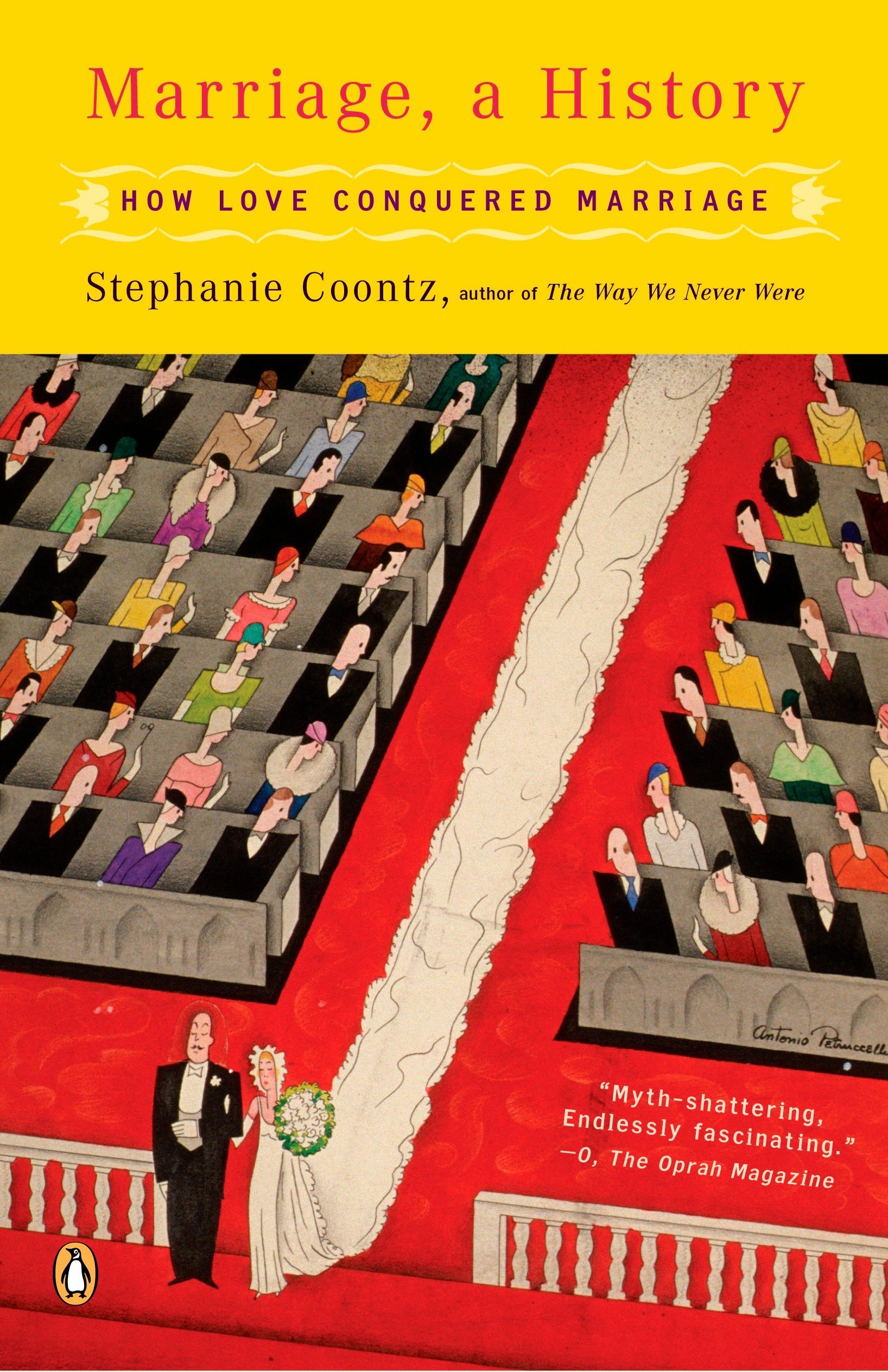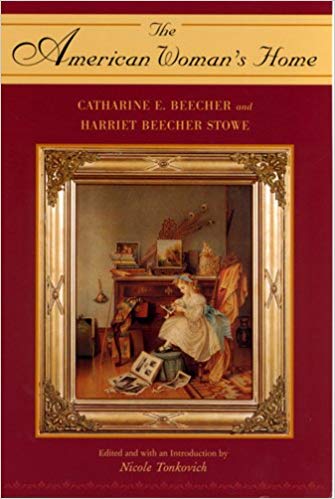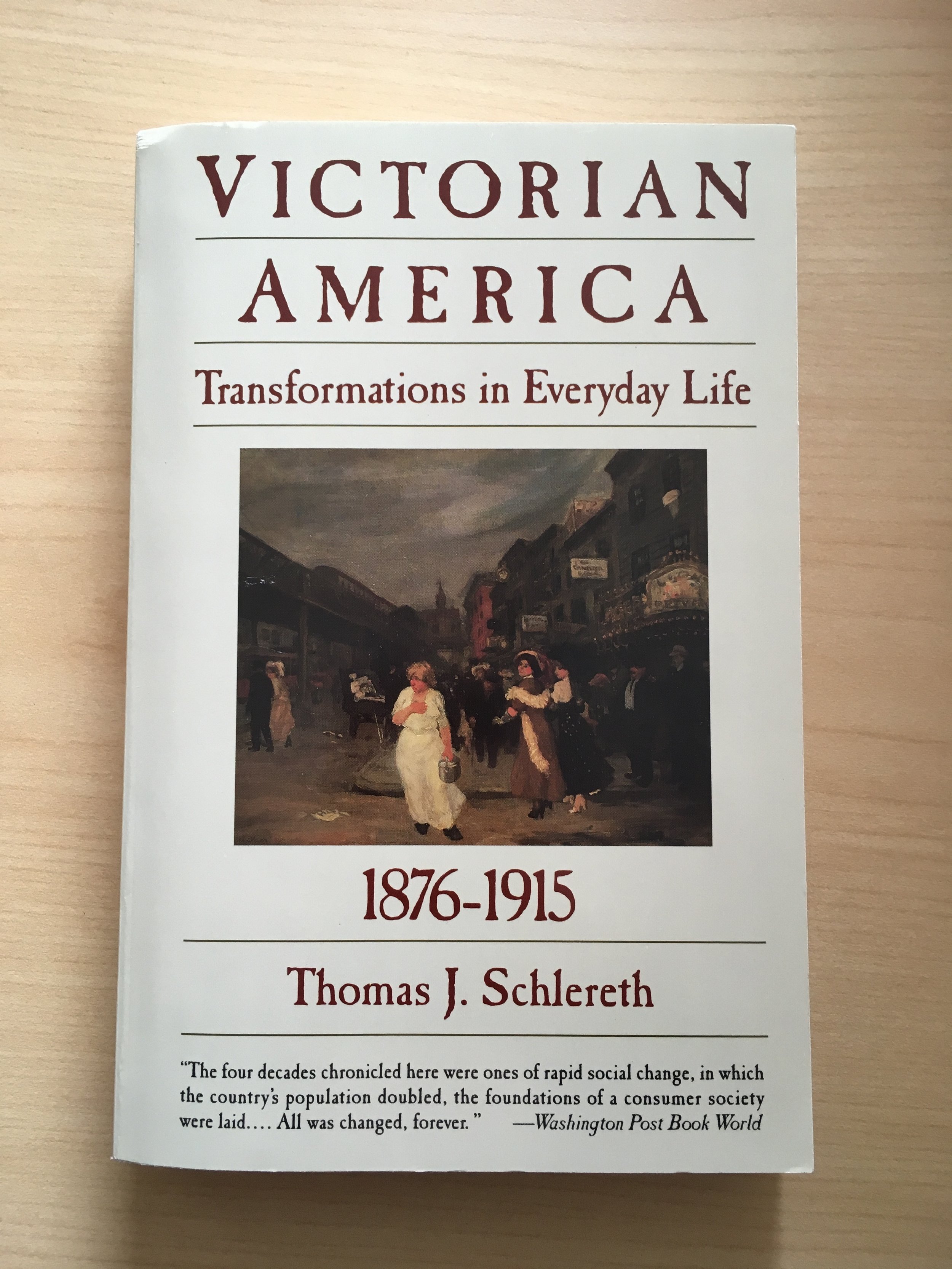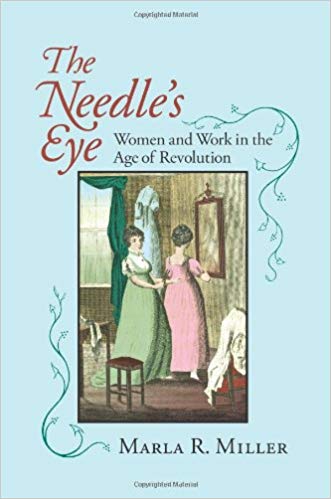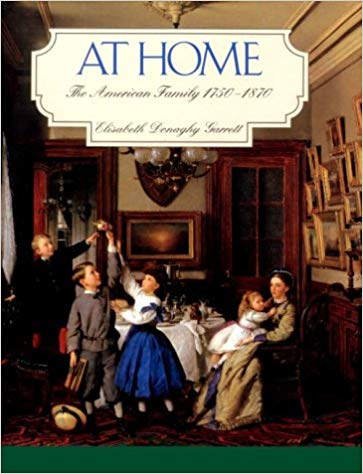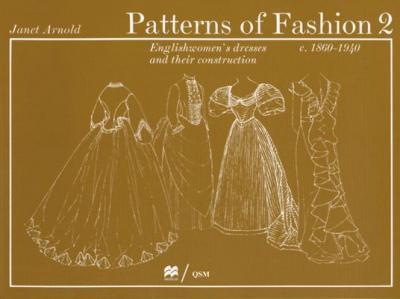C U R R E N T R E A D S
Eavesdropping on Jane Austen’s England, Roy and Lesley Adkins
When someone asks me, what five books would you take with you on a desert island? this one always makes the list. The Adkins break the book down into sections, addressing topics like weddings, wealth and work, leisure and pleasure, childbirth, medicine, and death. If it wasn’t interesting enough to read descriptions of daily live in early c19 England, the Adkins also connect these topics to themes found in Jane Austen’s novels.
‘Smock weddings’ were a peculiar type of ceremony at which the bride was married naked – although usually she was barefoot and en chemise, wearing only a shift (‘chemise’), smock or sheet for propriety. The point was that if she brought no clothes or property to the union, the husband-to-be was thought not liable for any debts she might have. Such weddings, randomly reported, occurred mainly in the eighteenth century, particularly for widowed women whose deceased husbands had left debts (pg 7).
Unmentionable, Therese Oneill
This is a fast and conversational read. I find myself laughing deeply from the quippy remarks, but at times, it’s overdone. Oneill is our “tour guide to the real nineteenth century.” I’m using this book as a palate cleanser after reading a few chapters in A History of the Wife, and Marriage, A History.
Ankle deep in filth, I said, but forgive me. I was inaccurate. You will wish the filth terminated at your ankles. Foulness is everywhere. Grime and rot cling to the very air, the buildings, the people; even the soap is made out of lard and poison (pg 19).
A History of the Wife, Marilyn Yalom + Marriage, A History, Stephanie Coontz
I see a lot of cross-over between these two books, with a small difference being that Yalom focuses on the duties of a wife throughout her chapters, while Coontz looks at the broader topic of marriage. Both authors show an incredible range that spans from the ancient world to the early 2000s. Their voices are matter-of-fact, and their pages are jam packed with information. Neither text is difficult to read, but they are dense in content.
To begin with, the law did not see married women as the equals of their husbands. In fact, wives had absolutely no legal existence, in the words of Sir William Blackstone’s 1753 Commentaries on the Laws of England, which continued to provide the basis for common law in nineteenth-century England and America. ‘By marriage, the husband and wife are one person in law: that is, the very being, or legal existence of the woman is suspended during the marriage, or at least incorporated and consolidated into that of the husband: under whose wing, protection and cover, she performs everything.’ Or, as the popular saying went, ‘husband and wife are one person, and that person is the husband’ (pg 185).
O N T H E L I S T
The American Woman’s Home, Catherine E. Beecher and Harriet Beecher Stowe
Victorian America: Transformations in Everyday Life, Thomas J. Schlereth
The Needle’s Eye: Women and Work in the Age of Revolution, Marla R. Miller
At Home: The American Family 1750 - 1870, Elisabeth Donaghy Garrett
Patterns of Fashion 2: c.1860-1940, Janet Arnold

